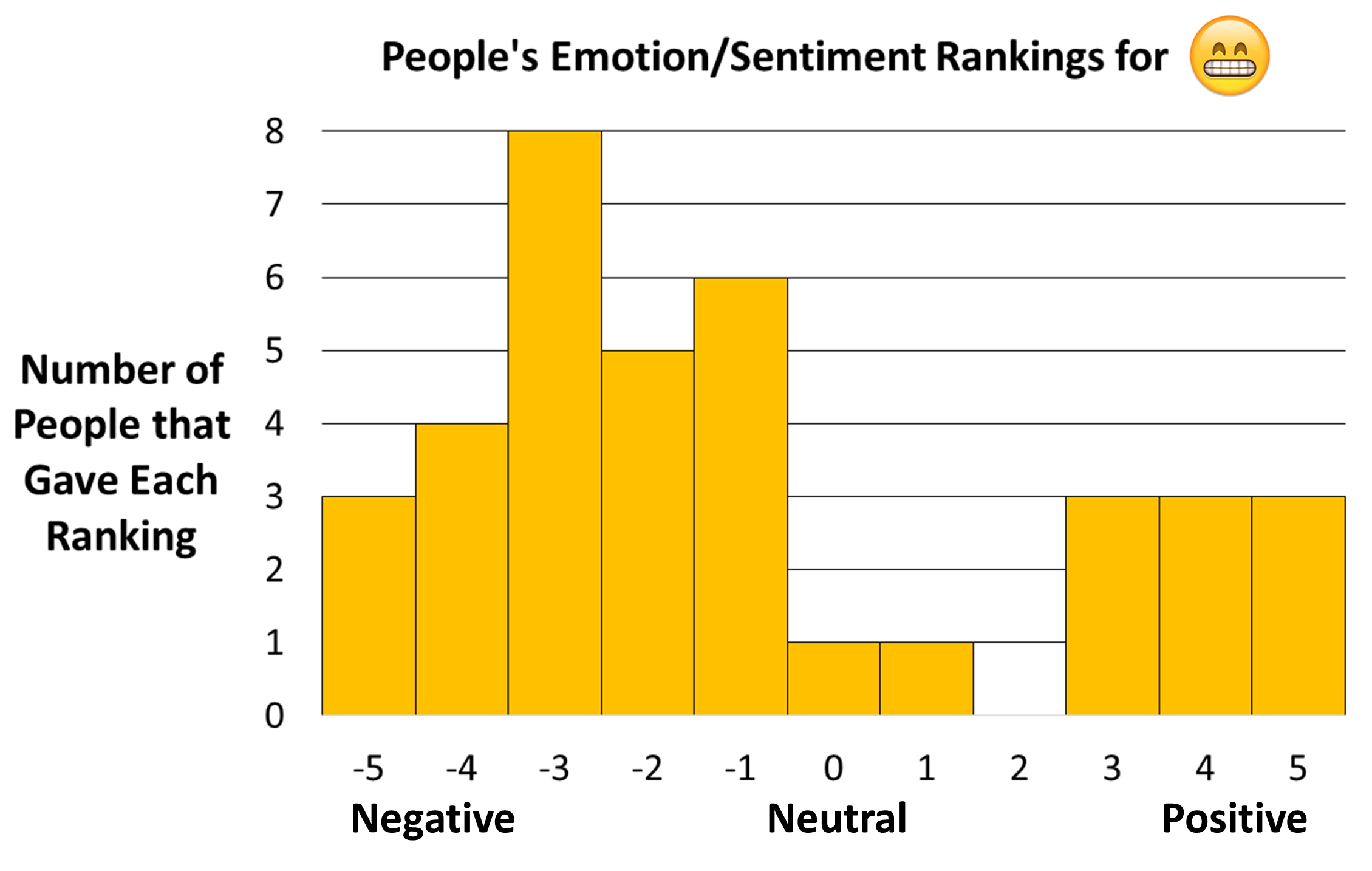Now officially: people do not understand the meaning of the emoji they use.

Linguists from the University of Minnesota, having conducted a survey among three hundred people, unequivocally established that the emoji characters that are popular in chat rooms and social networks are not always equally interpreted by different people. Their different display on different platforms makes their usefulness doubtful.
At the same time, some linguists compare Emoji with Egyptian hieroglyphs and believe that they belong to a new, emerging language - in some sense, a reverse process of evolution occurs, in which the language rolls into a simpler state.
')
Emoji appeared in Japan in the late 1990s to facilitate communication using computer programs. The Japanese have liked the novelty, since their writing is not so easy to enter using a computer keyboard. But the speakers of European languages gladly accepted these icons - they allow you to write fewer characters, which is convenient on smartphones with an on-screen keyboard.
But the number of emoji grew rapidly (although the original set was already 172 different characters, even if some of them were characteristic only for Japan), and now it is difficult to say what the author meant.
In addition, on different platforms, many emoji are very different in appearance:

As a result of the survey, it turned out that in 25% of cases, people cannot even agree on what emotion a particular picture means. In the survey, in particular, it was necessary to describe emoji on a scale of -5 (strictly negative emotion) to 5 (strictly positive).

For the above Emoji results showed the greatest discrepancy - the average difference was 1.88 points when participants watched the same picture, and 2.04 points when they looked at pictures of one emoji, but displayed on different platforms.

It was also ambiguously understood Emoji, depicting a loud cry.

But Emoji with heart-shaped eyes almost did not cause any discrepancies in interpretation.
Since experts seriously argue that Emoji is the herald of a new language , the study of people's perception of these characters will help to successfully develop an approach to new language technologies.
Source: https://habr.com/ru/post/393103/
All Articles